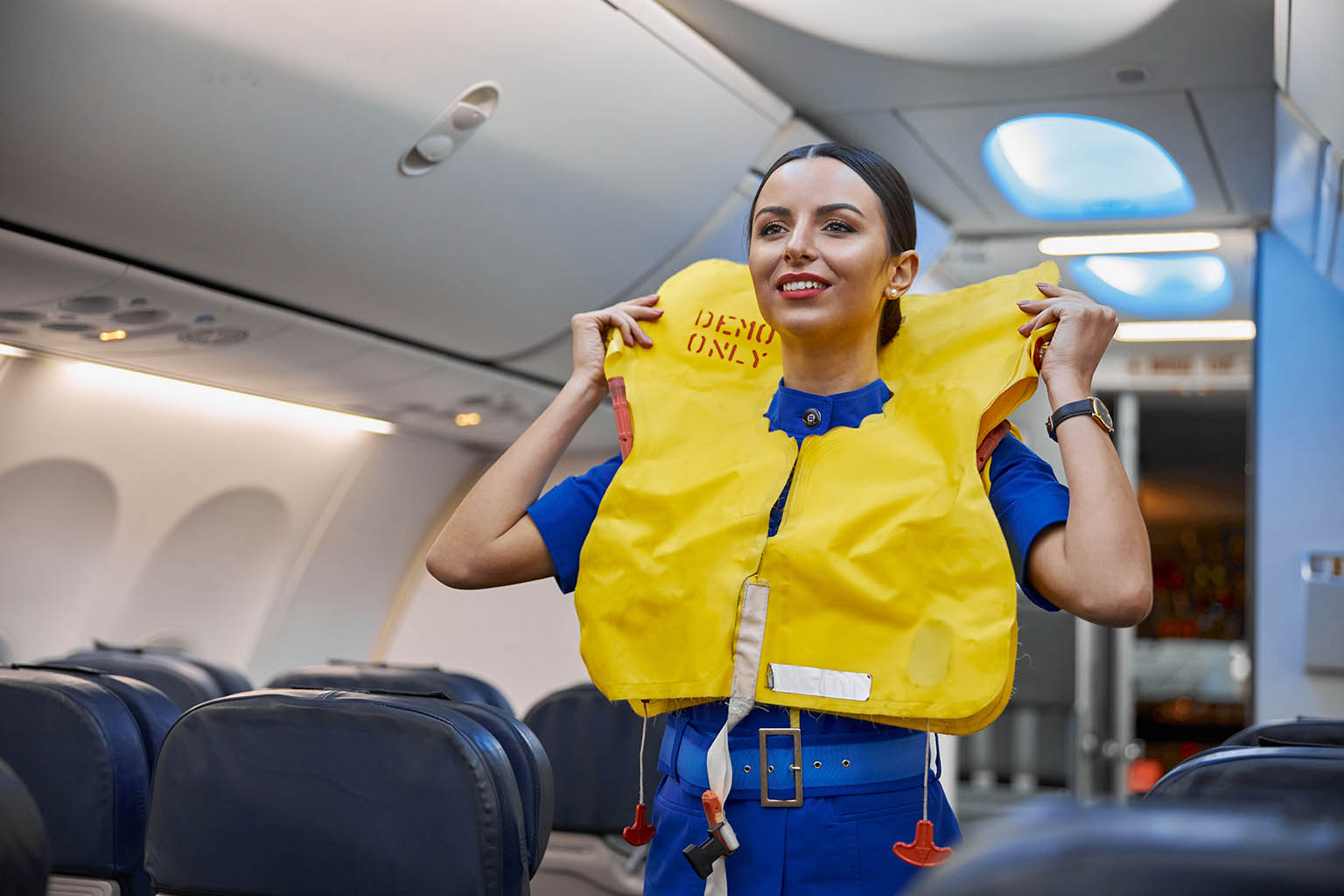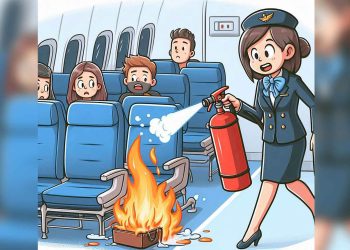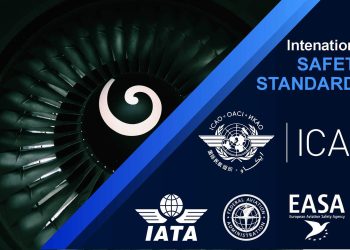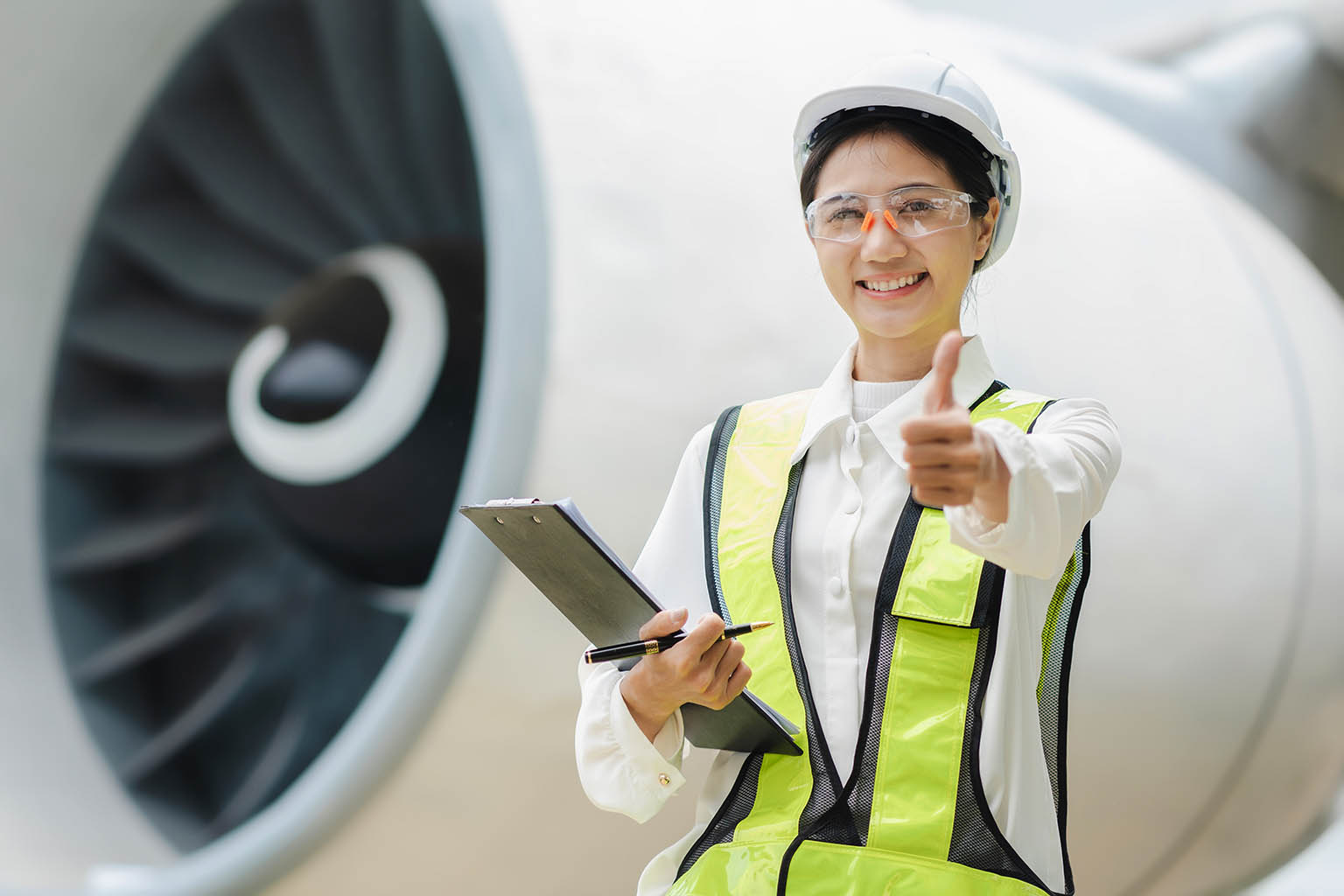The Role of Cabin Crew in Ensuring Passenger Safety
Introduction
When passengers board an aircraft, they often associate the cabin crew with hospitality, in-flight services, and overall comfort. However, the primary responsibility of cabin crew members extends far beyond serving meals and providing excellent customer service. Their most critical role is ensuring passenger safety before, during, and after the flight.
Airlines and regulatory authorities place immense importance on the safety training and preparedness of flight attendants, making them a crucial part of the aviation industry’s commitment to safety. In this article, we will explore the various ways cabin crew members contribute to passenger safety and why their role is indispensable in modern air travel.
The Extensive Training of Cabin Crew
Before stepping onto an aircraft, cabin crew members undergo extensive and rigorous training that equips them with the skills needed to handle emergencies and ensure passenger safety. This training covers various aspects, including:
- Emergency Procedures
Cabin crew members are trained to handle various emergency situations such as:
- Emergency landings: Whether on land or water, flight attendants must guide passengers through emergency evacuation procedures.
- Firefighting: Crews receive training in using fire extinguishers and other equipment to control onboard fires.
- First aid and medical emergencies: Cabin crew members are equipped to perform CPR, treat minor injuries, and manage medical crises until professional medical personnel can assist.
- Security Measures
With evolving security threats, cabin crew training includes:
- Identifying suspicious behaviors or activities.
- Handling unruly or disruptive passengers.
- Understanding and implementing hijack response protocols.
- Aircraft Familiarization
Flight attendants must be well-versed in the layout and safety features of different aircraft models, including the locations of exits, emergency equipment, and oxygen masks.
- Communication and Crisis Management
During emergencies, clear and confident communication is essential. Crew members are trained to:
- Issue precise commands in high-stress situations.
- Maintain passenger calmness and cooperation.
- Coordinate with pilots and other emergency responders.
Pre-Flight Safety Responsibilities
Before takeoff, cabin crew members conduct several crucial checks to ensure that safety procedures and equipment are in place:
- Safety Equipment Inspection
Cabin crew must verify that essential safety equipment, such as fire extinguishers, life vests, and first aid kits, are present and in working condition.
- Passenger Briefing
Pre-flight safety demonstrations are not just a formality. These briefings provide passengers with critical information on:
- How to use seat belts properly.
- The locations of emergency exits.
- The correct usage of oxygen masks and life vests.
- Ensuring Cabin Readiness
Cabin crew ensure that:
- All carry-on luggage is securely stowed to prevent injuries in case of turbulence.
- Exit rows are not blocked.
- Seat belts are fastened.
In-Flight Safety Responsibilities
During the flight, cabin crew continuously monitor the cabin to ensure safety and address potential risks. Some of their key responsibilities include:
- Responding to Medical Emergencies
A significant part of in-flight safety is handling medical situations. Crew members are trained to:
- Administer first aid.
- Use onboard medical kits and defibrillators.
- Communicate with ground medical professionals for guidance if necessary.
- Managing Turbulence
Turbulence can pose a risk to passengers, and flight attendants play a vital role in:
- Advising passengers to fasten seat belts.
- Ensuring cabin items are secure.
- Assisting passengers who may feel anxious or unwell.
- Dealing with Unruly Passengers
Disruptive behavior, whether due to intoxication, aggression, or refusal to follow crew instructions, can threaten flight safety. Cabin crew are trained to de-escalate conflicts, enforce regulations, and, if needed, restrain aggressive passengers.
- Fire Safety
Fires onboard aircraft, though rare, require immediate action. Cabin crew members are trained to:
- Locate and extinguish fires quickly.
- Evacuate passengers if necessary.
Emergency Situations and Evacuation Procedures
In case of an emergency, the cabin crew takes full command of the evacuation process. Their responsibilities include:
- Maintaining Order
In high-stress scenarios, passengers may panic. Flight attendants must issue clear instructions, guide passengers, and prevent stampedes.
- Ensuring Efficient Exit
Cabin crew members assist passengers in reaching emergency exits and using evacuation slides correctly. They ensure that passengers do not take personal belongings that may slow down the process.
- Assisting Special Needs Passengers
Crew members prioritize passengers who need additional assistance, such as the elderly, disabled individuals, or parents with infants.
Post-Flight Responsibilities
Even after the flight has landed, cabin crew continue to play a role in ensuring safety:
- Assisting passengers with safe disembarkation.
- Conducting post-flight security checks for lost or suspicious items.
- Reporting incidents that occurred during the flight.
The Psychological Role of Cabin Crew in Passenger Safety
Apart from their technical skills, cabin crew members also contribute to passenger safety by:
- Providing Reassurance
Air travel can be stressful, and turbulence or other unexpected situations can cause anxiety. Cabin crew provide reassurance and comfort, ensuring passengers remain calm.
- Handling Conflict
Flight attendants act as mediators in conflicts between passengers, helping maintain a peaceful cabin environment.
- Promoting Safety Awareness
Through their actions and safety briefings, cabin crew reinforce the importance of following safety procedures.
Conclusion
The role of cabin crew in ensuring passenger safety is multi-faceted and indispensable. Their responsibilities range from pre-flight safety checks and emergency preparedness to handling medical incidents and security threats. With extensive training, strong communication skills, and a commitment to passenger well-being, cabin crew members serve as the frontline guardians of aviation safety. Their work ensures that air travel remains one of the safest modes of transportation, allowing millions of passengers to fly with confidence every day.






